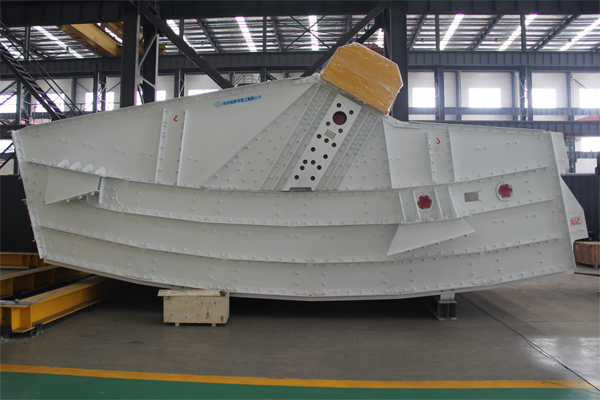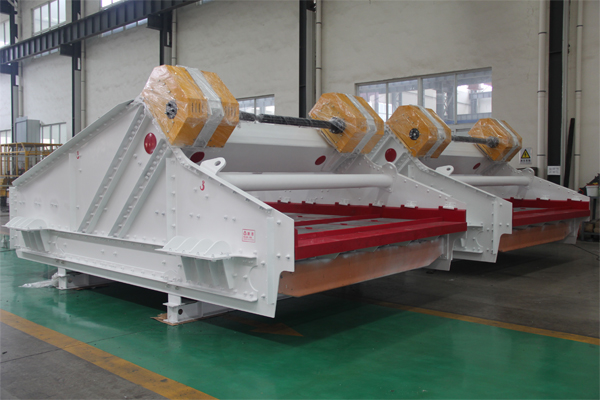Vibrating screens are essential equipment in various industries, including mining, construction, chemical processing, and agriculture, for separating materials based on size. However, they inherently generate significant vibration and noise, which can lead to:

Structural fatigue and failure of the screen and supporting structures.
Reduced screening efficiency and accuracy.
Operator discomfort and health hazards (hearing loss, musculoskeletal issues).
Environmental pollution (noise nuisance).
Therefore, effective vibration and noise reduction is crucial for improving the performance, reliability, and safety of vibrating screens. This involves a multi-faceted approach encompassing:

1. Vibrating Screen Dynamics Optimization:
Understanding and optimizing the dynamic behavior of the vibrating screen is the first step in minimizing unwanted vibration and noise. This includes:
Modal Analysis: Identifying the natural frequencies and mode shapes of the screen structure. Avoiding operation near resonant frequencies is critical. This involves both theoretical modeling (Finite Element Analysis – FEA) and experimental modal analysis.
Force Analysis: Accurately determining the exciting forces generated by the vibratory mechanism (e.g., eccentric weights, electromagnetic vibrators).
Kinematic Analysis: Studying the motion of the screen deck and material flow to optimize screening parameters (amplitude, frequency, stroke angle).
...
For more detailed information about vibration screen vibration reduction and noise reduction, please click here: https://www.hsd-industry.com/news/vibrating-screen-vibration-and-noise-reduction/